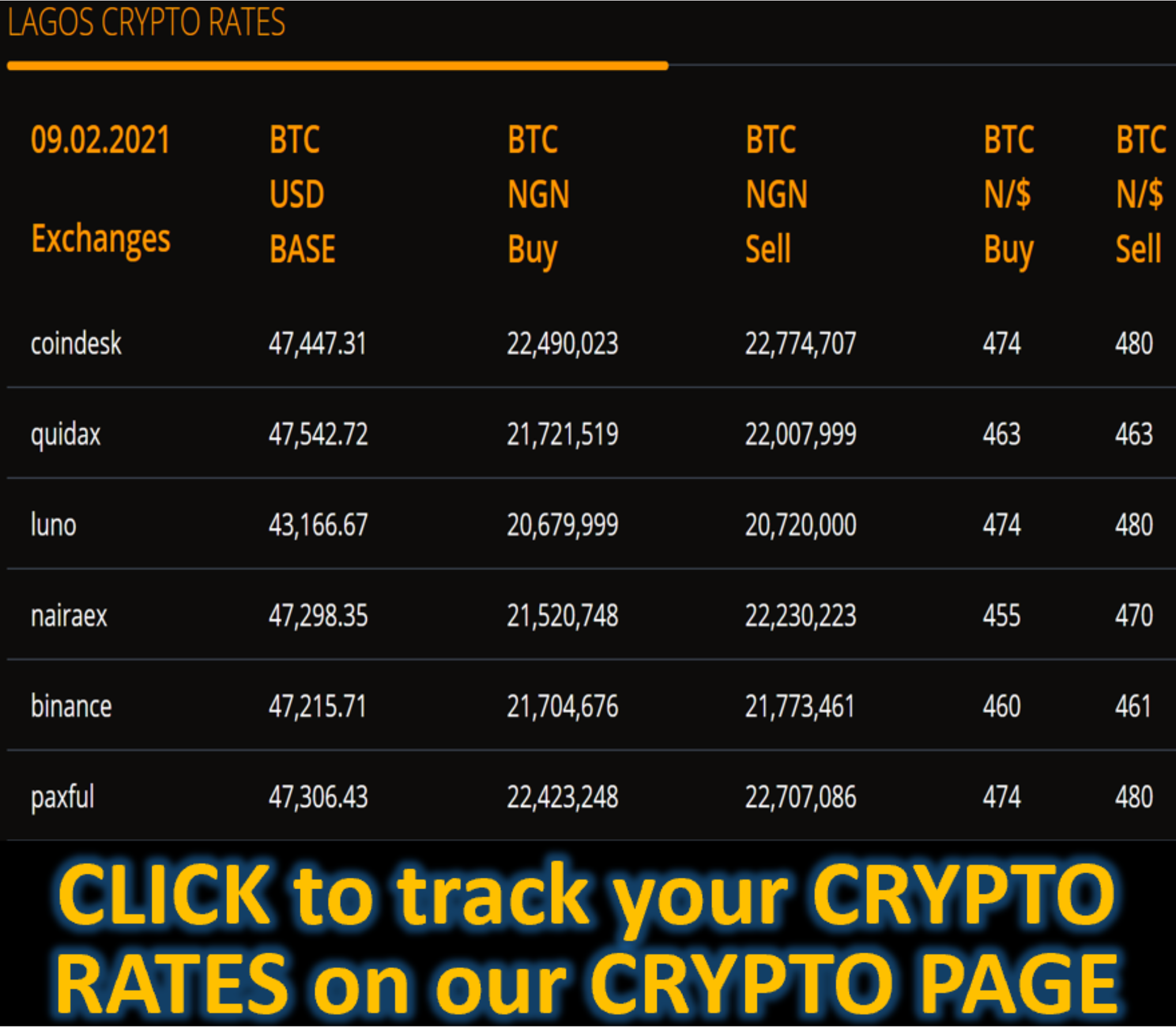Market News
Goldman Says Buying S&P 500 After 5% Drop Is Usually Profitable - BLOMBERG
Sagarika Jaisinghani
(Bloomberg) -- Buying US stocks after a slump of the scale witnessed over the past month has usually been profitable, according to a Goldman Sachs Group Inc. analysis of four decades of data.
Since 1980, the S&P 500 Index has generated a median return of 6% in the three months that followed a 5% decline from a recent high, according to the Goldman strategy team led by David Kostin. The benchmark has slumped 8.5% from its mid-July peak.
“Corrections of 10% have also been attractive buying opportunities more often than not,” although the track record is not as strong as after a smaller drop, Kostin wrote in a note. Returns after a 5% decline have been positive in 84% of episodes, the research shows.
A semblance of calm returned to global markets on Tuesday, with some of the worst-hit indexes rebounding from a slump driven by concern over a US recession and extreme valuations in the technology sector. Quantitative strategists at JPMorgan Chase & Co. said institutional investors had bought the dip Monday, with about $14 billion purchased during market hours and $6.7 billion sold at the close.
Kostin’s team stops short of giving a recommendation from the findings, but cautions that the outlook for the benchmark index following a slump of 10% has been “markedly different” when it has taken place in an environment of resilient economic growth than when it has happened as part of a correction ahead of a recession.
They note that US equities are still not pricing in an economic contraction, even though growth-sensitive cyclical stocks have trailed defensive shares in this month’s rout. In a separate note, Goldman strategists including Peter Oppenheimer said they expect further declines in global stocks, although they don’t predict a bear market — described as a 20% drop from a recent high.
Meanwhile, the strategy team at Citigroup Inc. warned this week that “recessionary scenarios are by no means priced in.”
The bank’s so-called bear market checklist — which measures metrics such as stock valuations, the yield curve, investor sentiment and profitability — recommends “buying into weakness,” Citi strategist Beata Manthey wrote in a note. But “we would feel more comfortable doing so once we see evidence of a more complete positioning unwind,” she said.
--With assistance from Subrat Patnaik.









